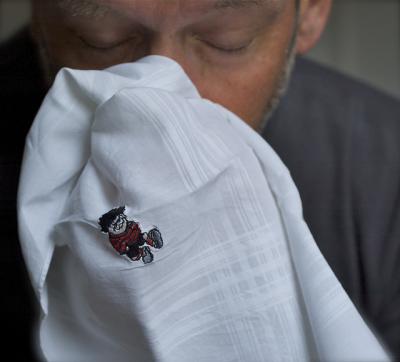
Weather change might be celebration for most of us, but for some people it’s most unfortunate thing. Hypersensitive people face different allergic symptoms when they come in contact with allergens.
Cedar allergy symptoms are identical to hay fever and are triggered by pollen. Mountain cedar belongs to juniper family, it pollinate in winter and cause severe allergic symptoms normally referred as “cedar fever”.
Pollen carried by wind ingests or come in contact with hypersensitive people; immune system mistakenly treats pollen as a harmful substance and triggers reaction to thwart them out.
Thus, symptoms of cedar allergy can be experienced. Depending on the person’s immune system mild to severe allergic symptoms can be experienced.
Cedar Allergy Symptoms
Allergic signs can be experienced after few hours or in cases people saw allergic rashes after second use of the product. In this case, as soon as pollen comes in contact allergy can be triggered.
- Itchy and watery eyes
- Sore throat
- Coughing
- Wheezing
- Runny nose
- Nasal congestion
- Sneezing
- Facial swelling
- Nausea
Cedar or other tree pollen affects mucus membrane of the body and results in inflamed eyes. Eye lids and area around eye may turn red. Tiny pollen particles travel through breeze stick to eye lids and further stimulate the allergy.
Histamines released by immune system react to thwart them out. Anti-histamine medication can be helpful to reduce the inflammation. Rubbing eyes continuously will leave your eyes red.
Respiratory issues are the most severe and annoying effect of allergic rhinitis. Experts say that these problems will combine to create another health ailment. Excess mucus caused due to allergic reaction may drain into sinus cavity and throat.
Continuous nasal drip and stuffy nose are annoying effect of cedar allergy. Sneezing can be accompanied with post nasal drip.
University of Maryland Medical Center says that histamine induce itching and inflammation in mouth and throat. As excess mucus travels to throat, cough can be accompanied.
Due to above mentioned allergic symptoms one can experienced sleepless nights and facial swelling.
Diagnosis
As soon as you experience uncommon symptoms in spring or winter, consult allergist immediately. He will conduct necessary test to confirm the allergen and possible effect of pollen.
Stay indoors when pollen is high for that day. You can check through weather report. Change clothes and take bath if you’re out to remove pollen. Run air conditioner on recirculate to stop pollen filled air.

